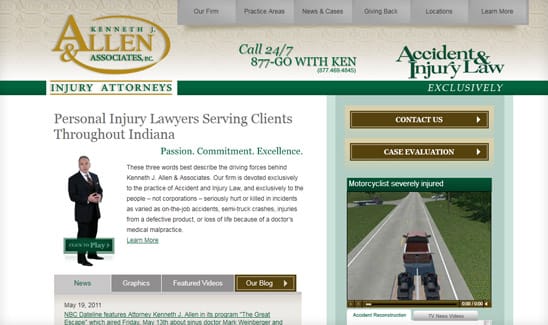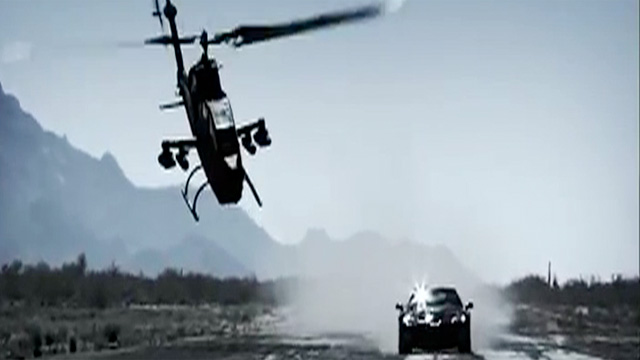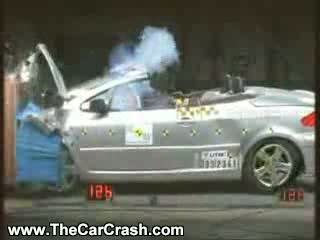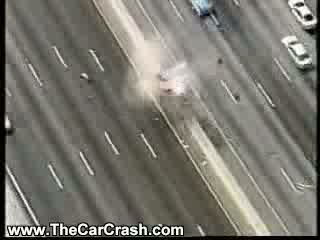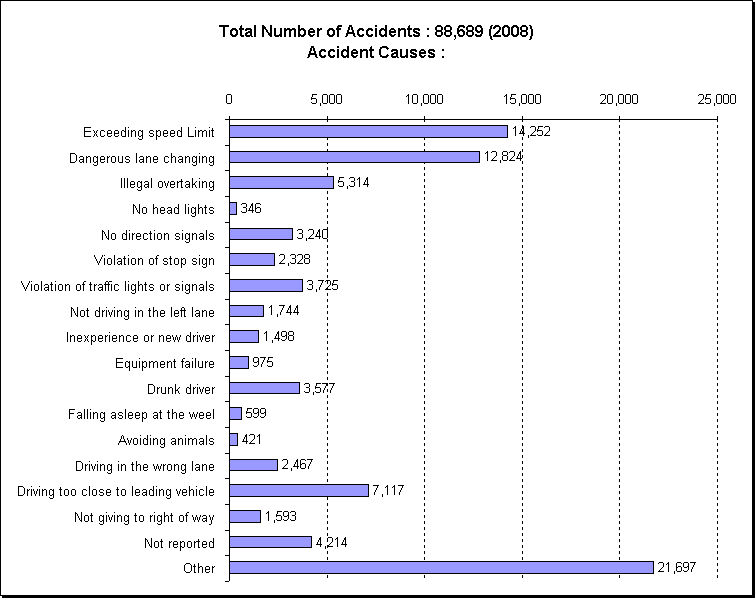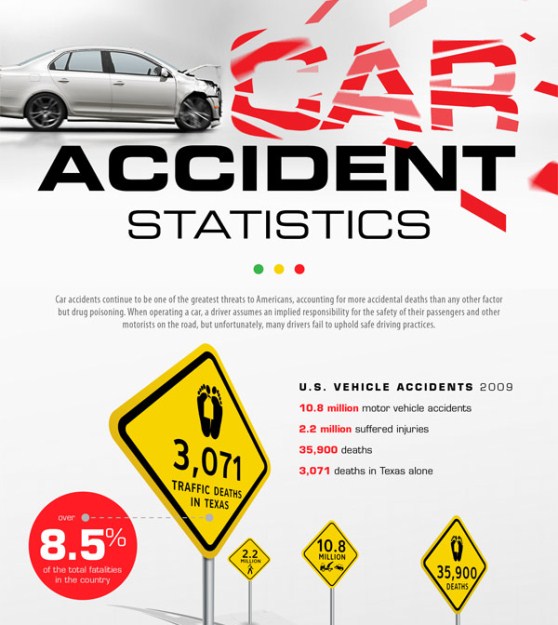Source:- Google.com.pk
When you are involved in a truck accident, the experience can leave you in a state of shock. Whether you are a trucker, pedestrian or other driver injured in a carrier incident, it is important that you understand your legal rights and any avenues of compensation that may be available to you. It is also important to realize how complex truck collision cases can be, as many different parties may be liable for damages.
McEwen & Kesnter truck accident lawyers are here to help you. If you have been injured in a carrier pileup or other catastrophe, please don’t hesitate to call a truck accident lawyer from our firm. A lawyer from our firm will take the time to evaluate your case. Our lawyers specialize in handling carrier collision claims, and we have garnered respect within the legal profession and from past clients. Please contact a Minneapolis truck accident lawyer today to set up an initial consultation.
Liability in Trucking Accidents
There may be multiple parties that are responsible for paying damages in your case, and a lawyer will determine these parties as part of a legal strategy. A lawyer will research and investigate your case to determine the best strategy for your case. The lawyer may decide that you can maximize compensation by suing multiple parties. Some people automatically assume that only the truck driver is liable when he or she causes a collision. Under the law, it may be possible to hold other parties accountable for the accident. A trucking company may be vicariously liable for the injuries that you are have suffered. A trucking company may also be liable if it was negligent in hiring a trucker. Here are the parties that may be held liable in a case:
Driver
Commercial trucking company
Manufacturers of trucking products
Distributors of trucking products
Lessors
Shipper/loader of the cargo
Instead of stressing yourself out in attempting to determine the party that may be liable in your case, you can entrust your case with our lawyers. Our lawyers are ready to handle your case with precision and resolve its issues in a timely manner.
Common Types of Truck Accidents
It is also important for individuals to be aware of the common types of carrier accidents that can occur. There are a multitude of carrier accidents that can occur due to the negligence of a carrier driver or for other reasons, and they include:
Sideswipes
Blind spot accidents
Rollover accidents
Rear-end accidents
Some of the factors that can lead to trucking accidents include:
Intoxicated driving
Inexperience
Dangerous weather conditions
Defective tires or other products
Improper maintenance
Contact McEwen & Kestner Truck Accident Lawyers Today
Contact a truck accident lawyer today for a free evaluation of your case. Our reputable attorneys have established themselves in the arena of carrier accident cases. Please feel free to contact a truck accident lawyer with any of your questions or concerns about your case. Don’t delay in learning how a lawyer from our firm can better serve you.
Houston Truck Accident Lawyers semi
View video transcript here
Houston is a hub of trucking activity for many different industries. With the Port of Houston and the fastest-growing population in the United States, the trucking industry is thriving in the state of Texas. Truck companies usually pay by the mile, so truck drivers have an incentive to deliver the load as quickly as they possibly can. Unfortunately, this part of the trucking industry can encourage excessive hours and other unsafe activities.
Federal law has established the minimum levels of safe conduct expected from 18 wheeler drivers and motor carriers.
The hours of service regulations for commercial drivers specify the time a truck driver can actually be behind the wheel.
14-hour duty limit (minimum 10 hours of rest after 14 hours on duty)
11 hour driving limit (minimum 10 hours rest after 11 total driving hours)
60/70-hour duty limit
Professional drivers often feel pressured to deliver the load as quickly as possible either to benefit financially or to appease the company. Driver fatigue can easily occur for truck drivers to follow the rules, and is almost a given for those who do not follow the safety regulations. It is critically important that the truck accident law firm you select have substantial experience in investigating driver fatigue and violations of the federal regulations.
Important evidence after a serious truck accident can include:
Logbooks
Black box or computer event data
Documents evidencing the load and prior deliveries
Inspection of the tractor-trailer
Inspection of the accident scene
Poor Training
Many 18 wheeler drivers have a commercial drivers license and are simply turned loose on the highways to deliver their loads. At the Baumgartner Law Firm we believe that simply having a CDL is insufficient safety training for a commercial driver operating a vehicle that can weigh 80,000 pounds. Motor carriers have a duty to ensure that their drivers are properly trained and able to safely operate the big rigs. Ongoing safety training should be a part of all motor carriers operations.
Dangerous Equipment
Trucking companies also must ensure that the trucks on the highway or in safe and proper operating condition. Drivers must inspect their tractor-trailers every day and also inspect their loads to ensure that they are properly secured. Further, the federal regulations require truck drivers to inspect the truck prior to beginning any trip. The truck driver must inspect:
Air Lines and compressor
Brakes
Fuel system
Lights
Steering
Safety equipment
Axles
Coupling devices
Wheels and tires
Numerous other equipment
At the end of the trip the commercial or professional driver must then re-examine each of the items covered in their driver’s daily vehicle inspection reports. All dangerous conditions or defects must be noted in such reports and reported to the motor carrier prior to taking the big rig out on another trip. An inspection after a serious injury or fatal truck accident can be an important part of an 18 wheeler accident lawsuit.
Early Investigation Required
One cannot overstate the importance of an early investigation after a truck accident. The condition of the big rig, the accident scene, authority’s findings in the investigation and compliance with the federal regulations all should be investigated as early as possible after an accident. It is important that the truck accident lawyer you select has vast experience in truck accident litigation. The Baumgartner Law Firm has been handling high-profile truck accident cases for over 25 years.
Truck Accident Lawyer Accident Photos Man Pictures of Honey Singh Graphic Image Clipart of Gopinath Munde Car Prone Photos
Truck Accident Lawyer Accident Photos Man Pictures of Honey Singh Graphic Image Clipart of Gopinath Munde Car Prone Photos
Truck Accident Lawyer Accident Photos Man Pictures of Honey Singh Graphic Image Clipart of Gopinath Munde Car Prone Photos
Truck Accident Lawyer Accident Photos Man Pictures of Honey Singh Graphic Image Clipart of Gopinath Munde Car Prone Photos
Truck Accident Lawyer Accident Photos Man Pictures of Honey Singh Graphic Image Clipart of Gopinath Munde Car Prone Photos
Truck Accident Lawyer Accident Photos Man Pictures of Honey Singh Graphic Image Clipart of Gopinath Munde Car Prone Photos
Truck Accident Lawyer Accident Photos Man Pictures of Honey Singh Graphic Image Clipart of Gopinath Munde Car Prone Photos
Truck Accident Lawyer Accident Photos Man Pictures of Honey Singh Graphic Image Clipart of Gopinath Munde Car Prone Photos
Truck Accident Lawyer Accident Photos Man Pictures of Honey Singh Graphic Image Clipart of Gopinath Munde Car Prone Photos
Truck Accident Lawyer Accident Photos Man Pictures of Honey Singh Graphic Image Clipart of Gopinath Munde Car Prone Photos
Truck Accident Lawyer Accident Photos Man Pictures of Honey Singh Graphic Image Clipart of Gopinath Munde Car Prone Photos
Truck Accident Lawyer Accident Photos Man Pictures of Honey Singh Graphic Image Clipart of Gopinath Munde Car Prone Photos
Truck Accident Lawyer Accident Photos Man Pictures of Honey Singh Graphic Image Clipart of Gopinath Munde Car Prone Photos
Truck Accident Lawyer Accident Photos Man Pictures of Honey Singh Graphic Image Clipart of Gopinath Munde Car Prone Photos
Truck Accident Lawyer Accident Photos Man Pictures of Honey Singh Graphic Image Clipart of Gopinath Munde Car Prone Photos
Truck Accident Lawyer Accident Photos Man Pictures of Honey Singh Graphic Image Clipart of Gopinath Munde Car Prone Photos
Truck Accident Lawyer Accident Photos Man Pictures of Honey Singh Graphic Image Clipart of Gopinath Munde Car Prone Photos














